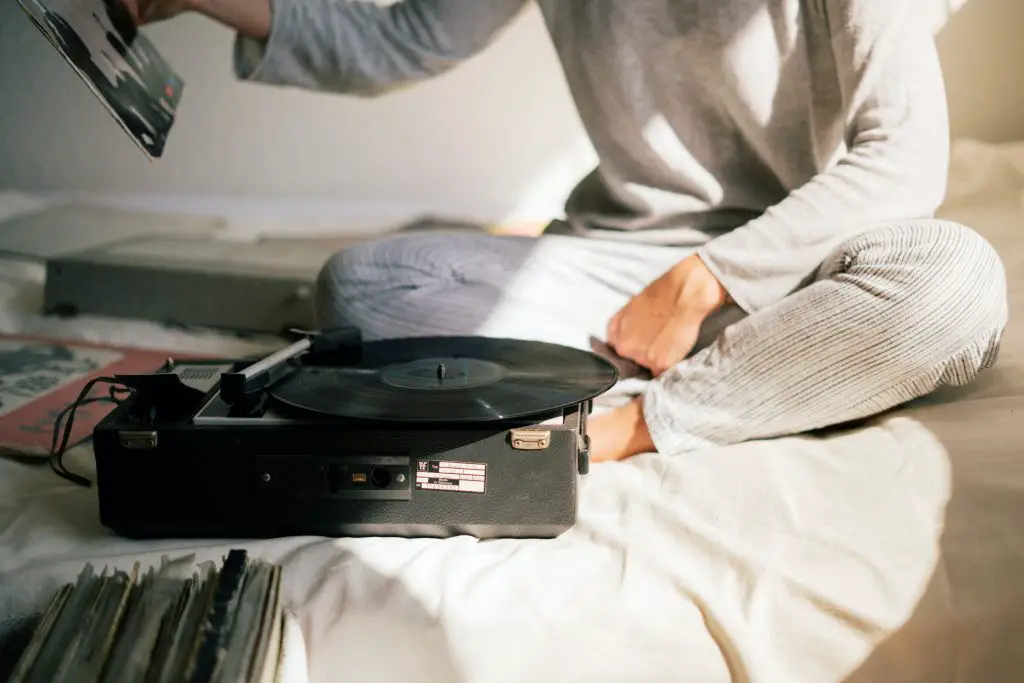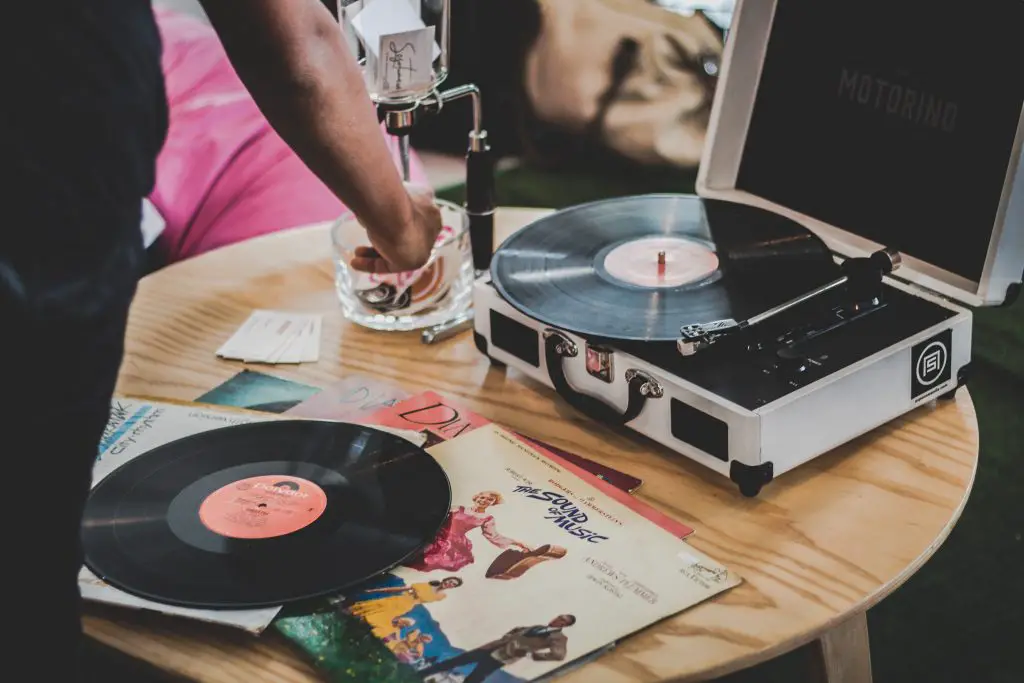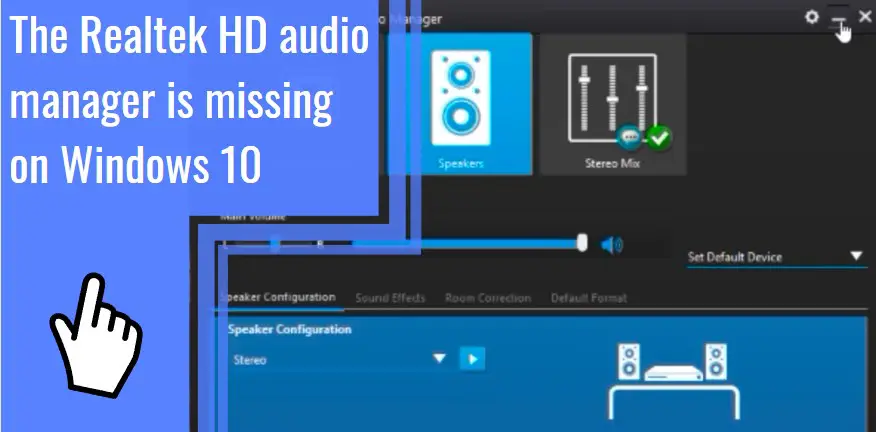What you find on this page:
If you are looking for the perfect turntable, one that you can use to mix and master your songs, albums, or even movies, then Audio Technica is an excellent turntable to start. But, unfortunately, after you turn on the power to the turntable, you find a significant problem: the turntable doesn’t spin.
If your Audio Technica turntable isn’t working right, here is a guide to help you with Audio Technica turntable troubleshooting. This will ensure you don’t have to call a technician or take it to the shop and risk having your warranty voided.
Why Is my Turntable Not Spinning?
To help you diagnose and fix your specific problem more quickly, we have covered some fundamentals of turntable player operation here.
Causes:
1. Arm Is Not Reset
If this is the first time your turntable player has stopped working, you may be afraid that you will be left in the dark. Unfortunately, there is a common misconception that a turntable player that no longer spins has something broken within it, so your favorite turntable is beyond repair.
Most manual turntable players contain a tonearm that must be moved back into the reset position to function correctly. Therefore, the player will not spin until the arm is reset.
Lift the tonearm and shift it to the right if it appears you have not pulled it back enough. After it’s been reset, you should hear a clicking sound. To avoid this problem, always reset the arm before starting a new record to prevent this problem.
2. Problems With The Belt
Audio Technica turntables use a belt drive looped around a pulley and connected to a motor that spins the platter. The belt may also wrap around the edge of the platter.
When a turntable belt wears out, it will stop spinning. So you’ll need to replace it, or your record player will stop working. Turntable belts are made of rubber and are also susceptible to dirt accumulation, as well as wear and tear.
The first step is to check underneath the platter to see if the belt is securely attached to the motor drive via the pulley and is free of debris. The belt of your turntable can be quickly inspected if it wraps around the platter itself.

3. Problem With The Direct Drive
When a direct drive turntable player doesn’t spin the platter, there is a possibility that the motor’s internal mechanism is faulty. There are several potential causes of direct drive player malfunctions.
This may include trash and grime lodged in the motor components or shaft. There’s also the possibility that the power to the motor has been shut off, that the player simply is not plugged in, that the platter has become stuck, or that the on/off switch is malfunctioning.
It is usually not difficult to fix these problems yourself, but it can be challenging to determine which parts need to be replaced and locate the correct replacement parts. The best strategy to avoid such issues is to keep the appliance clean and free from debris. Regular maintenance and oiling also extend the life of a turntable player.
Solutions:
1. Cleaning And Maintenance
Usually, if a platter isn’t spinning correctly, dirt is getting in the way, or friction is too high. So you should give the turntable a good scrub and apply more lubricant.
Once all parts have been cleaned and lubricated, place a few drops of synthetic oil on the motor shaft and the spot where the spindle enters the housing. If the problem persists, replace the belt.
2. Adjust Or Replace The Belt
Make sure the belt on the record player is not rubbing on any other components. Alternatively, perhaps the belt has just become looser over time. It can be enough for the turntable to stop spinning if the belt only stretches by a millimeter or two. If this is the case, the belt must be replaced.
Maybe you should try reducing its size again. To do this:
- Boil some water, remove it from the heat, and place the belt.
- Take it out after four to eight minutes of soaking. It should have shrunk back down to its original size.
- If the belt is not overly stretched, you might try dusting talc onto it and the pulley.
- As a result, the belt and pulley will be closer, reducing slippage and increasing friction.

3. Fine-Tuning Adjustments
We need to take the problem more seriously when other solutions fail to resolve the slowdown. It is necessary to fine-tune the turntable motor.
It’s always a good idea to consult the appropriate owner’s manual for assistance. If you can’t locate it on your own, you can find it online.
If there is no user manual, you will have to figure out where to put the adjustment screws. Usually, the stylus is placed beneath the platter.
By turning the screws clockwise, the platter rotates faster. Turning them counterclockwise slows it down. Before making any changes, ensure the unit is in a level position.
This procedure involves trial and error. Tuning the engine with simple changes and testing is the best way to determine rotation speed. The most reliable method for determining rotation speed, however, is with the help of a stroboscopic disc.
The turntable does not operate
A direct drive record player can malfunction for various reasons, such as debris lodged in the motor’s shaft or a broken power switch. Additionally, the player may not be connected.
Keeping a player clean and free of dust and other contaminants is an excellent safety practice. You can also extend its lifespan by regularly cleaning and oiling the machine.
Turntable operates, but no sound at all
It’s annoying when you set up your turntable only to hear nothing. However, if you follow these instructions, you’ll have your music playing in no time.
- Plug the adapter into the power port of the turntable and a good outlet.
- If your speakers or amplifier don’t have a preamp switch, set it to LINE.
- Ensure that the external preamp is turned on and that the RCA and grounding cables are securely connected to the turntable.
- Turn on the amplifier or speakers.
- If the stylus guard(1) is still attached to the stylus(2), playback will not happen.
- It is necessary to adjust the tonearm’s balance for the stylus to follow the grooves on the record.
- You must remove and reinstall the headshell. The locking nut must be tightened.
- Try using a new set of RCA wires in your test setup, and make sure they are firmly inserted into the record player’s RCA ports.
- When lowering the tonearm, keep it away from the cueing lever bridge.

Turntable operates, but no sound or sound not loud enough
The following five techniques can be used to increase your record player’s volume:
- Make use of a phono preamp
- Swap in a cartridge with more power.
- Increase the gain of the phono preamp.
- Consider upgrading your receiver or amplifier
- Speakers need to be more sensitive
The sound is very distorted
When listening to records on a turntable or record player, a filthy stylus can cause distorted sound. This is because the needle (or stylus) follows the groove in a record by moving along its surface, collecting dust and debris.
The stylus will last longer if you keep your records clean, as dirt and dust will speed up the wear process on the stylus.
How do I set up The Audio Technica turntable?
- Disassemble the turntable carefully and check to see if everything is included.
- Make sure the platter is correctly positioned on the turntable’s central spindle.
- Turn the platter by hand, so the red ribbon is at 10 o’clock, in the upper left corner.
- Use the ribbon to help you slip the drive belt over the brass motor pulley while holding the platter still after removing the tape that secures the red ribbon to the platter. Position the belt, so it rides in the groove of the motor pulley.
- The red ribbon can be removed once the belt has been properly fastened to the generator pulley.
- The sliding mat must be attached to the platter and then rotated clockwise ten times while the tonearm firmly rests on it.
- The plastic tie of the tone arm should be removed and thrown away.
- The plastic stylus guard can be removed by holding the tonearm in its resting position and pulling the guard-forward slowly.
Conclusion
The above tips should give you a basic understanding of troubleshooting an Audio Technica turntable. You don’t necessarily have to replace the entire turntable if it’s not working right. Instead, check each possibility listed before making a final decision.
You are likely to have a motor problem if you are unable to determine why it stopped spinning. We recommend that you take it to an expert, even if you plan to replace it on your own. Usually, however, the problem is much simpler and can be solved straightforwardly, as mentioned above. Thanks for reading!
FAQ
1. Press and hold the Bluetooth button on the record player for eight to ten seconds. The indicator light will rapidly flash red and blue, but continue to hold down the button until the light blinks red slowly twice, then flashes red and blue again.
2. Release the button when the light starts flashing red and blue again. You must wait for the flashing light to stop and the solid red light to return.
3. The reset is complete when the indicator light turns solid red. Hold the button repeatedly to return the turntable to pairing mode (flashing red/blue) and your Bluetooth receiver (headphones or speaker).
When there is intermittent or distorted audio on one side of an Audio Technica Turntable is usually because the tonearm assembly is incorrectly calibrated before setting the vertical tracking force for the stylus (needle).
1. Ensure that the turntable is plugged into an electrical outlet.
2. Pull the lever on the motor driving gear inward to allow the platter to spin.
3. Place the drive belt over the motor pulley’s notched guide.
4. Ensure that the drive belt has not been twisted.
5. Don’t forget to remove the ribbon from the drive belt’s loop.
6. Resynchronize the tonearm and platter.
1. Disconnect the turntable’s power source.
2. Take away the plastic mat.
3. Take the platter away.
4. Flip the platter over on a flat surface.
5. Extend the belt across the platter’s central hub.
6. If your platter lacks access holes, stretch the belt onto the little peg or post.
7. Place the platter back on the turntable after flipping it over.
8. Turn the platter to expose the motor through the access holes.
9. Wrap the belt around the motor using the belt.
10. Test the belt by rotating the record player in both directions.





